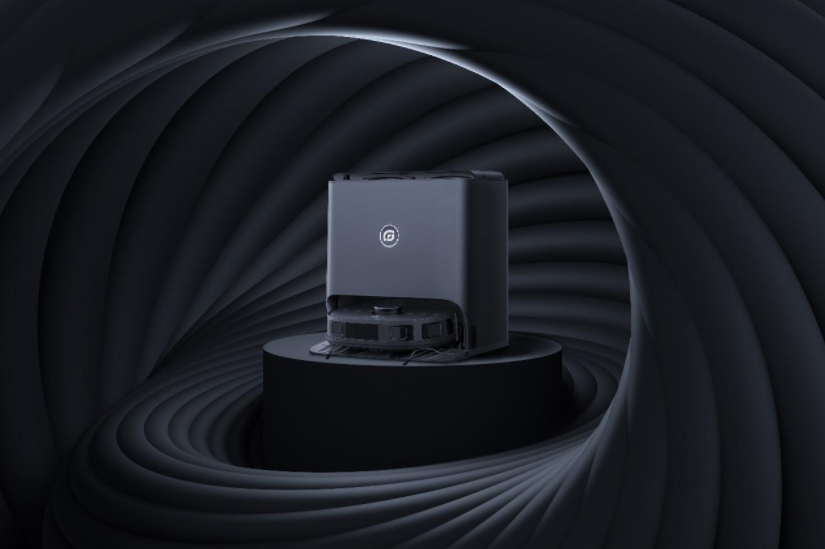How to Disinfect Hard-to-Reach Spots in Your Home

This guide will teach you the best techniques and tools for deep cleaning to ensure that every nook and cranny is properly disinfected, helping you keep your home clean and healthy. From high shelves to tight corners, we’ve got you covered for a thorough and comprehensive clean.
Keeping a home clean and tidy is essential, but it’s not always easy to reach and clean every nook and cranny. Some of the hardest areas to clean in a home are also the most likely to harbor germs and bacteria. To keep your living space as healthy as possible, you need to know how to disinfect those hard-to-reach spots.
Here are some of the things you need to consider for deep cleaning and disinfecting those difficult-to-reach areas in your home:
The difference between sanitizing and disinfecting
Before you start cleaning, you need to understand the difference between sanitizing and disinfecting. Sanitizing is the process of reducing bacteria and germs to a safe level while disinfecting kills 99.9% of all microorganisms. For most cleaning purposes, disinfecting is the better option.
Choosing the right cleaning products and tools
Consider the type of cleaning product you will need to use based on the surface you are cleaning. For example, you may need a gentle cleaner for delicate surfaces or a more heavy-duty cleaner for tougher stains. Ensure that you have the right tools. This might include a long-handled duster, an extendable wand, a microfiber cloth, or a vacuum with a crevice tool. When it comes to disinfecting your home, there are plenty of options available in stores. However, if you want to be more eco-friendly, consider using natural products like white vinegar.
Disinfecting your home is important for maintaining a healthy living environment, especially during times when viruses and bacteria are more prevalent. There are many options available in stores for disinfecting products, such as chemical cleaners, sprays, and wipes. However, these products can contain harsh chemicals and additives that may not be eco-friendly and could be harmful to the environment and your health.
If you’re looking for a more eco-friendly and natural alternative for deep cleaning and disinfecting your home, there are plenty of options available. One of the most popular natural disinfectants is white vinegar, which has been used for centuries for its cleaning and disinfecting properties. White vinegar is a versatile, affordable, and non-toxic cleaning agent that can be used in many different ways to disinfect your home.
Here are some ways you can use white vinegar as a disinfectant:
- Diluted solution: Mix equal parts of white vinegar and water to create a diluted solution that can be used for cleaning and disinfecting surfaces. Simply spray the solution onto the surface you want to clean, let it sit for a few minutes, then wipe it away with a clean cloth.
- Disinfectant spray: If you prefer a spray bottle, you can create a disinfectant spray by mixing 1 cup of white vinegar with 1 cup of water and 20 drops of essential oils such as tea tree, lavender, or lemon. Pour the mixture into a spray bottle and use it to disinfect surfaces, doorknobs, light switches, and other high-touch areas.
- Natural air freshener: If you’re looking for a natural air freshener, a cleaning expert would recommend using white vinegar as it is an effective and affordable option. You can add a few drops of essential oil to a bowl of vinegar and leave it out in a room to help eliminate odors in a more natural way.
- Laundry disinfectant: To disinfect your laundry, add 1/2 to 1 cup of white vinegar to the rinse cycle of your washing machine. This can help kill bacteria and other germs on your clothes and linens.
While white vinegar is a natural and effective disinfectant, it’s important to note that it may not be effective against all types of germs and bacteria. It’s also important to follow proper cleaning and disinfecting procedures to ensure that your home is as clean and safe as possible. If you have any concerns about using white vinegar or other natural disinfectants, it’s always best to consult with a healthcare professional or a trusted cleaning expert.
Considering the Safety & Accessibility
When it comes to house cleaning in Los Angeles, safety should be your top priority, especially when tackling hard-to-reach spots. Use a sturdy ladder or step stool, and wear protective gear like gloves and goggles if necessary. Consider how easy or difficult it is to access the area you need to clean. If it’s an area that’s particularly hard to reach, you may need to remove or rearrange furniture to get to it for a thorough house cleaning.
Assessing Cleaning Frequency & Ways to Prevent Dirt
As you complete your house cleaning, consider and think of ways to prevent hard-to-reach areas from getting dirty in the first place. This might include using protective covers for furniture or appliances, or regularly decluttering and organizing your living space. Another factor could be deciding as well how frequently you need to clean hard-to-reach spots. If it’s a high-traffic area or a spot that’s prone to collecting dust or grime, you may need to clean it more frequently.
Conclusion
Keeping your home clean and hygienic is crucial for a healthy lifestyle, and regular house cleaning and disinfecting are essential to keep your living space healthy and free of germs. Cleaning hard-to-reach areas of your home are equally important as it helps eliminate germs and bacteria that can cause infections during your house cleaning routine. By using the above pointers, I hope you can easily disinfect the hard-to-reach areas of your home in Lake Murray and maintain a healthy living space through house cleaning.
FAQs:
What’s the difference between sanitizing and disinfecting?
Sanitizing reduces bacteria and germs to a safe level while disinfecting kills 99.9% of all microorganisms.
What can I use as a disinfectant?
There are many disinfectants available in stores, but you can also use natural products like white vinegar.
How often should I disinfect my home?
It’s a good idea to disinfect high-touch areas like door handles and light switches daily and to disinfect other areas of your home weekly.








